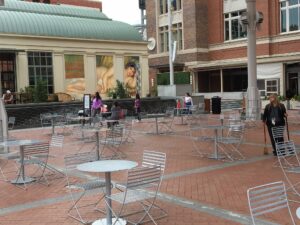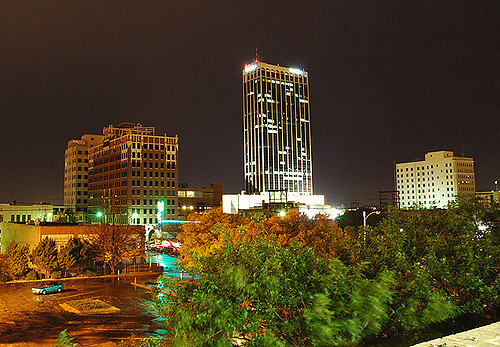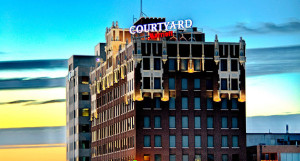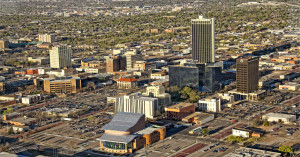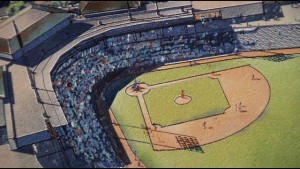FORT WORTH — Gideon Toal …
That name came to mind today as we approached Sundance Square in downtown Fort Worth. I now shall explain what that is and why it’s relevant.
Gideon Toal is the name of a Fort Worth-based urban planning outfit that Amarillo officials enlisted when they began discussing the notion of reviving the Texas Panhandle city’s downtown district.
The thought at the time, as I recall it, was that if Gideon Toal could bring some of the creativity to Amarillo, then the city could adopt those ideas and apply them to whatever master plan the city fathers and mothers could develop.
We went to Fort Worth today to look around and soak up the atmosphere of the city’s downtown district. It had been a good while since my wife and I ventured into downtown Cow Town. It is the day after Christmas and it was fairly quiet today. However, I was blown away, as I was the first time I came here, with the enormous variety of cultural opportunities around virtually every corner surrounding Sundance Square.
Then the thought occurred to me: Is this kind of atmsophere — on a scaled-down version — even possible in Amarilo, which is in the midst of its downtown revival?
Scaled down? Yes. Amarillo’s population is peeking over the 200,000-resident mark; Fort Worth’s census is something well north of 800,000. What’s more, Fort Worth is one of two major anchor communities of the Metroplex, which has a metro-area population exceeding 7 million residents.
Melissa Dailey, the former head of Downtown Amarillo Inc., enlisted Gideon Toal way back when. She left DAI eventually and moved to Fort Worth. I’ve lost touch with her. However, the idea of hiring an organization with a demonstrated record of success was an inspired choice.
I have argued on this blog in favor of what the city is trying to achieve with its downtown district. I applaud the incentives it has employed to get private businesses to do business downtown. The payoffs are presenting themselves routinely, with hotels, dining establishments, the championship AA baseball team and assorted forms of boutique retail business coming into the downtown district.
As we walked around Sundance Square and along some of the streets adjacent to it, I got a sense of a certain type of familiarity. I have heard from my friends in Amarillo that they want to see the city turn its downtown district into something similar to what has been born in Fort Worth.
And no, I don’t mean identical. Amarillo cannot duplicate what Fort Worth has developed. It can adapt some form of it to fit its own level of resource.
My hope for Amarillo is that it keeps Fort Worth in mind as it moves forward on its downtown revival track. They have hit a home run in Cow Town.
